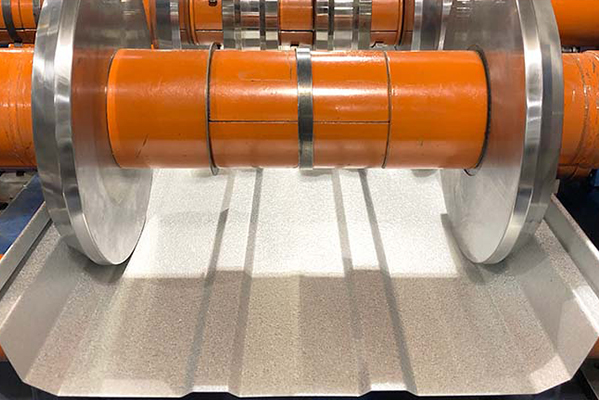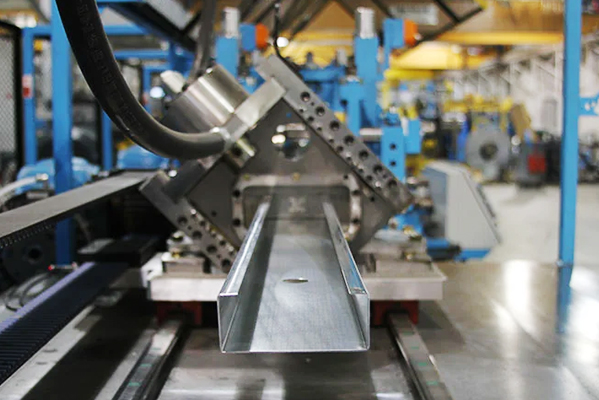Navigation Menu
Contact Us
- Email:
- info@wxavatar.com
- Address:
- Yurong Village, Yuqi Street, Huishan District, Wuxi, China.
Release Date:Apr 30, 2025 Visit:47 Source:Roll Forming Machine Factory
A rolling machine is a mechanical device designed to shape and process various materials, primarily metals, by passing them through rotating rollers. These machines are widely used in manufacturing and industrial applications to alter the thickness, shape, or surface finish of materials to meet specific requirements.
Key Applications of Rolling Machines
Metal Forming
Rolling machines are commonly employed in metalworking to reduce the thickness of metal sheets or bars. By applying pressure between rollers, the material is compressed and elongated, resulting in a uniform and precise thickness.

Shape Production
These machines can produce different cross-sectional shapes, such as flat sheets, rods, or structural components like I-beams and channels. The process ensures consistency in dimensions and improves material strength.
Surface Finishing
Rolling machines can enhance the surface quality of materials by smoothing rough edges or creating specific textures. This is particularly useful in industries where a polished or uniform surface is required.
Material Hardening
The rolling process can also improve the mechanical properties of metals by inducing work hardening, which increases durability and resistance to wear.
Types of Rolling Machines
Flat Rolling Machines – Used to produce flat sheets or plates.
Shape Rolling Machines – Designed to create specific profiles, such as beams or rails.
Ring Rolling Machines – Specialized for forming seamless rings used in bearings and other circular components.
Thread Rolling Machines – Produce threaded surfaces on bolts, screws, and similar fasteners.
Industries That Utilize Rolling Machines
Rolling machines are essential in sectors such as automotive, aerospace, construction, and machinery manufacturing. Their ability to efficiently shape and refine materials makes them a fundamental tool in modern production processes.

In summary, rolling machines play a crucial role in material processing by enabling precise shaping, thickness reduction, and surface improvement. Their versatility and efficiency make them indispensable in various industrial applications.